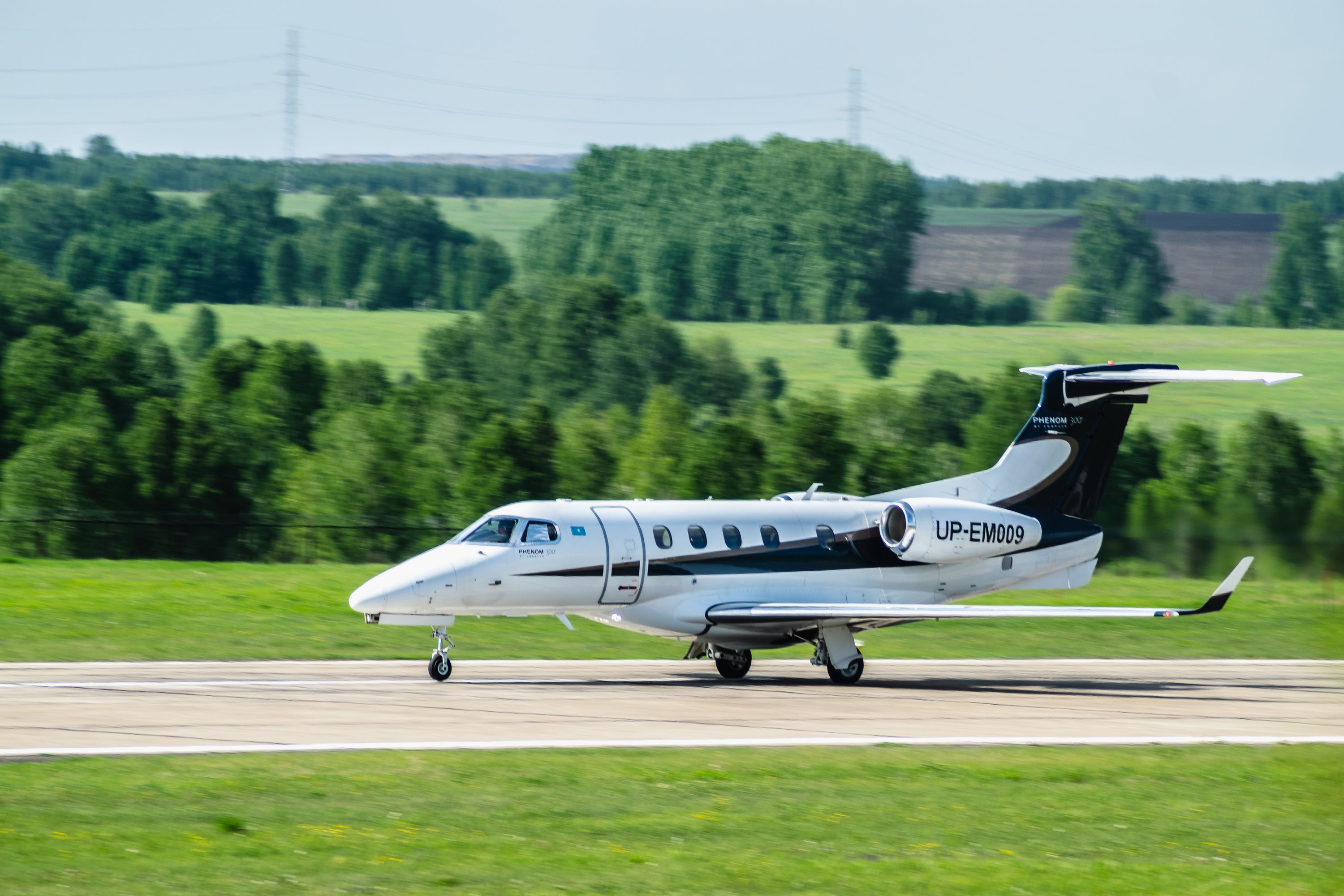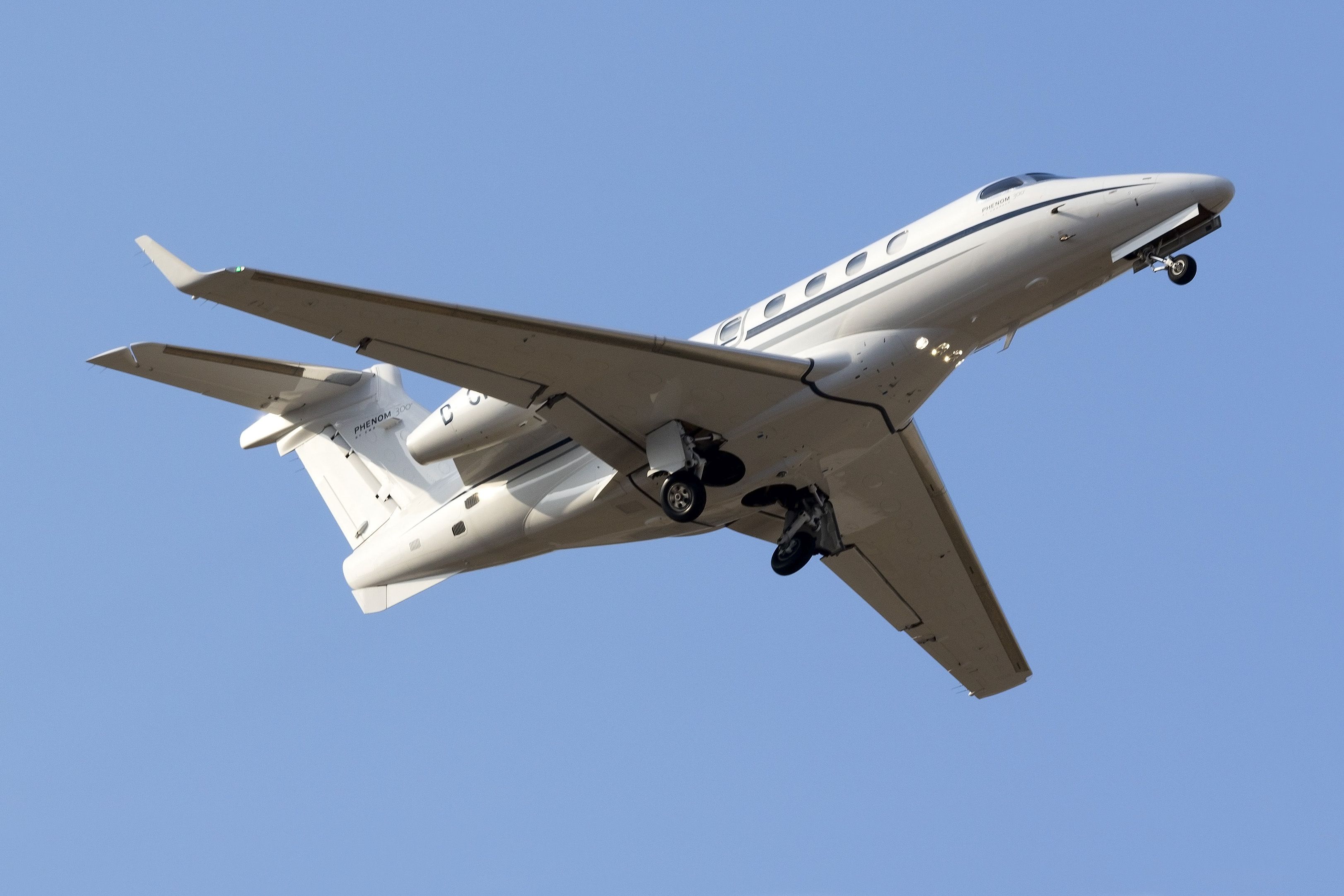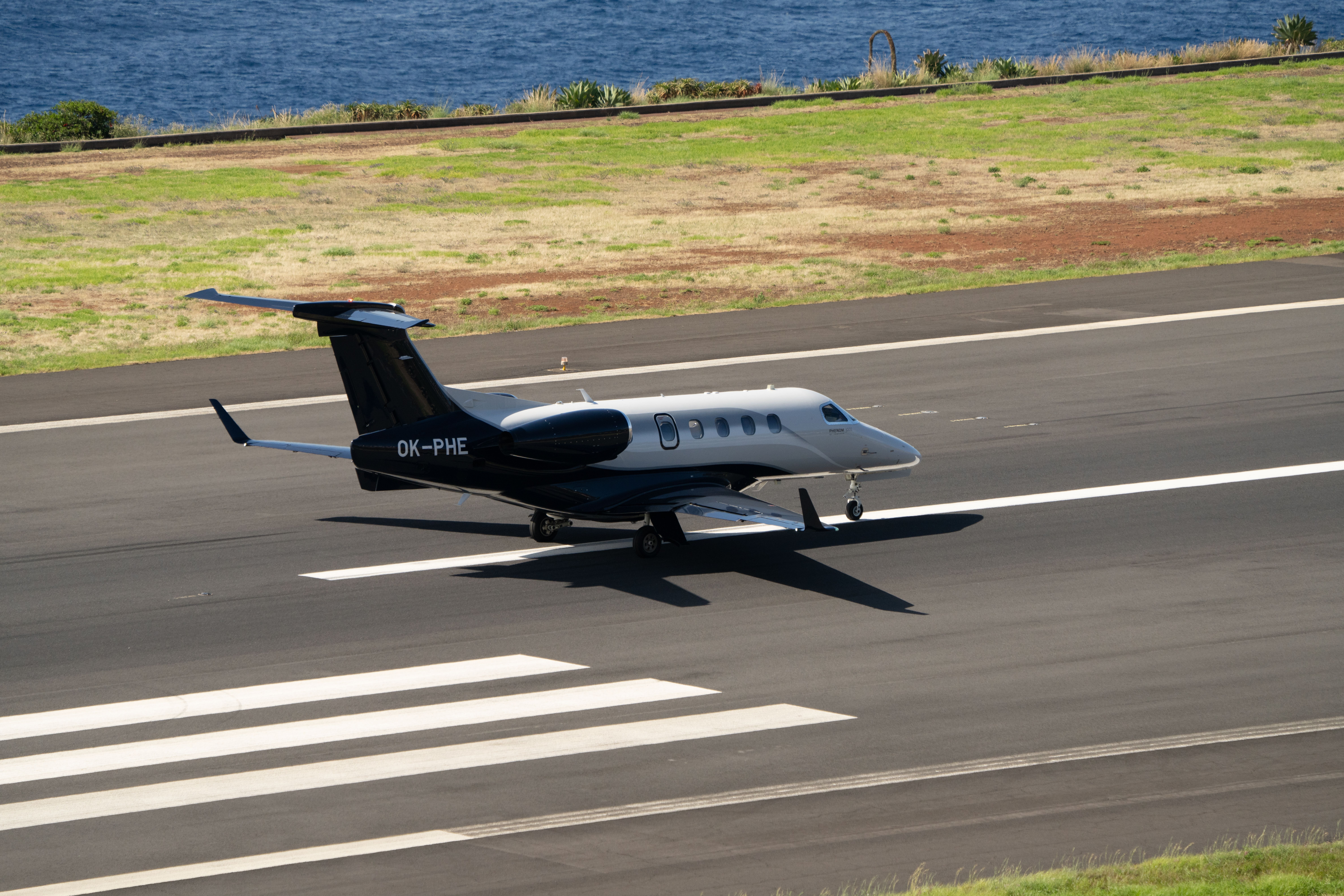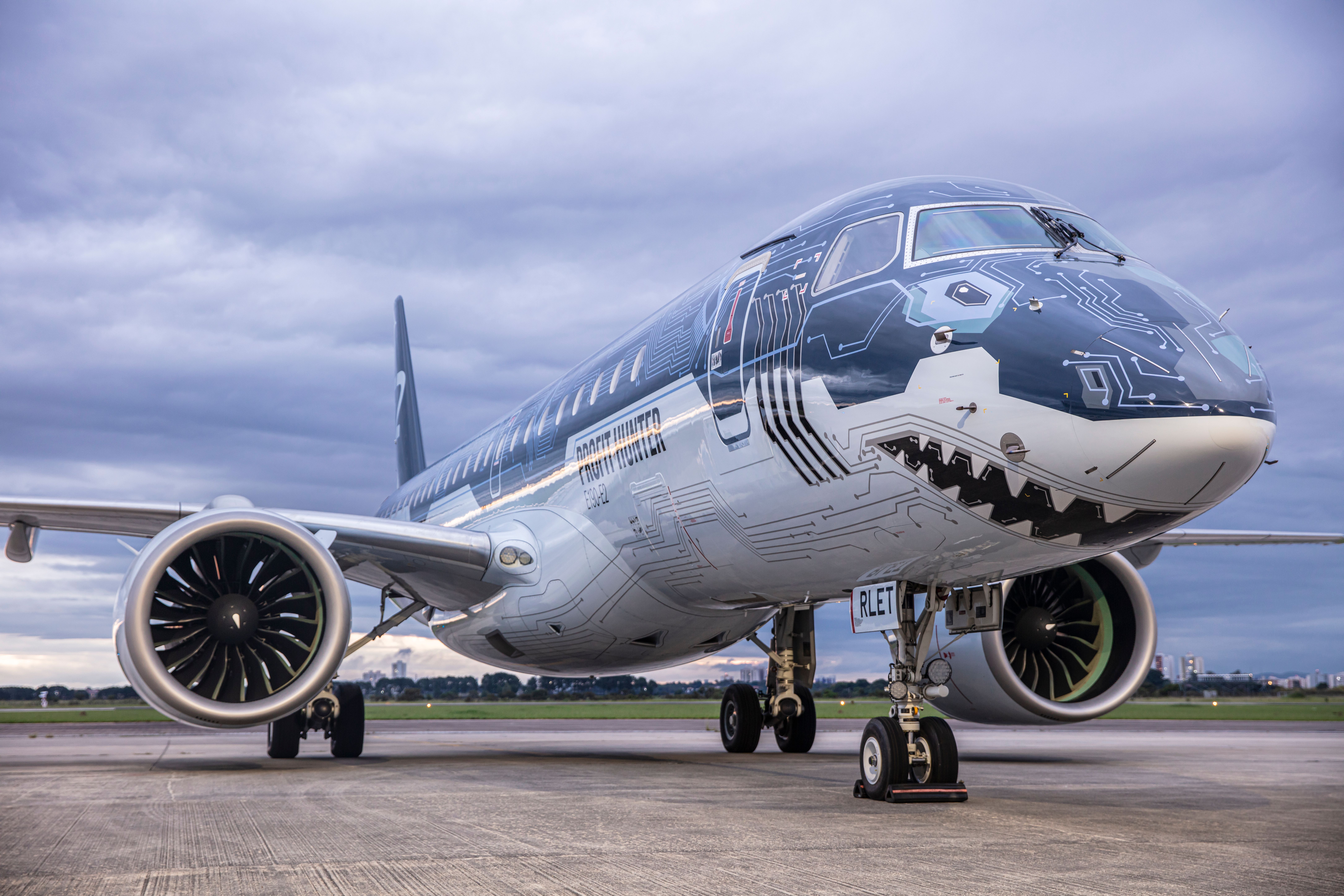Summary
- The Phenom 300E is the most produced business jet in the US, holding the crown for 12 years consecutively.
- Embraer redesigned a clean-sheet jet, enhancing the original Phenom 100’s performance by adding range and increasing speed.
- Unique features like composite structures and powerful engines contribute to top performance measures.
Embraer first began working on the Phenom 300 in the 2000s. Originally, the light business jet was designed in response to many customers requesting a longer and slightly larger jet than the successful Phenom 100. Embraer began developing the aircraft as a stretched Phenom 100 but later adjusted its approach to begin a new clean-sheet design.

What Has Made The Embraer Phenom 300 So Popular In The USA?
The Embraer Phenom 300E has become the most actively used business jet in the United States.
The Phenom 300 was the result of this, with its first flight taking place in 2008. The aircraft would go on to be one of the most successful business jets of all time. In early 2024, Embraer announced that the Phenom 300 was the world’s best-selling light business jet. It has held this crown for the last twelve consecutive years.
In 2023, the aircraft also became the most used private jet in the United States. This broke the Cessna Citation Excel family’s streak of 15 consecutive years as the most-used private jet. From August 2022 to August 2023, business jet users operated over 360,000 flights in the United States on the Embraer Phenom 300.
The heavily used aircraft has many benefits that entice customers, such as its smaller size and improved operating costs. Let’s take a closer look at how the Phenom 300 came to be, alongside some of the aircraft’s notable design features, and how these drive some of the best performance measures in the light business jet market.
General history of the Phenom 300
The Embraer Phenom 300 was intended to improve on the existing Phenom 100 – a very light business jet that could only fit a maximum of seven passengers. Customers wanted a new business jet with more passenger capacity and improved performance specifications. Therefore, Embraer began attempting to develop a business jet that utilized a stretched version of the Phenom 100 cabin.
Photo: InsectWorld | Shutterstock
However, after initial designs began, Embraer decided to scrap plans for a stretched Phenom 100 and start fresh on a clean-sheet design. The design team added bigger engines, spoilers, and winglets for better aircraft control. However, many features of the aircraft, such as the landing gear, are still common to the Phenom 100.
The Phenom 300 flew for the first time in 2008. This began the long flight testing process, which included three prototype aircraft that flew over 1,400 total flight hours. The Federal Aviation Administration (FAA) awarded the Phenom 300 its type certification on December 3, 2009. Deliveries began shortly after. Operators of the jet include NetJets, Flexjet, Delta Private Jet, and Airshare, among others.

5 Things You Need To Know About The Embraer Phenom 300E
The Embraer 300E is a best-selling small private jet – with several things that set it apart.
Embraer eventually upgraded the Phenom 300 in 2020. The new upgraded version of the aircraft, designated as the Phenom 300E, increased the maximum speed and increased the aircraft’s range. Deliveries of the upgraded version began in March 2020.
Unique design features
The Phenom 300 shared several features with the Phenom 100. However, it has an airframe that is rated for a longer lifespan than the Phenom 100 due to the aircraft’s higher cruising altitude. Overall, nearly 20% of the aircraft’s structure is made out of composite materials.
Photo: vvg42 | Shutterstock
The aircraft is also powered by two Pratt & Whitney Canada PW525E turbofan engines. Each of these engines can provide over 3,475 pounds of thrust. Other upgrades to the aircraft compared to the Phenom 100 include a movable horizontal stabilizer. This allows the operators to adjust the trim depending on the aircraft’s location, which allows the aircraft to take off on shorter runways.
The cabin is longer than the Phenom 100, and it has the following measurements:
- Cabin length: 17.2 feet
- Cabin width: 5.1 feet
- Cabin height: 4.9 feet
This allows the cabin to fit six to eight passengers in a standard configuration. It can fit ten passengers at maximum, although this requires a passenger in the cockpit and a passenger in the belted lavatory.
Photo: Photosbypatrik | Shutterstock
The cockpit is certified to fly with a single cockpit. It utilizes the Garmin G1000 avionics system, which includes three twelve-inch displays. Other avionics system features include predictive wind shear awareness, stabilized approach, emergency descent mode, runway overrun awareness, and an alerting system (ROAAS).
Performance measures
Overall, these design features help the aircraft achieve some of the best performance measures in its class, the light business jet. Its Pratt & Whitney Canada PW535 turbofan engines help the aircraft achieve one of the top maximum speeds in this category, and it also has a competitive range for its size and occupancy. The Phenom 300E has the following specifications:
|
Length |
51 feet four inches |
|---|---|
|
Wingspan |
52 feet two inches |
|
Height |
16 feet nine inches |
|
Maximum takeoff weight (MTOW) |
18,551 pounds |
|
Maximum speed |
464 knots (534 miles per hour) |
|
Range |
2,010 nautical miles (2,313 miles) |
|
Ceiling |
45,000 feet |
The aircraft also has the ability to take off and land on shorter runways, including small commuter airports like London City Airport (LCY) and Telluride Regional Airport (TEX).






